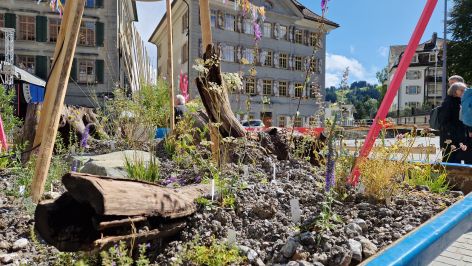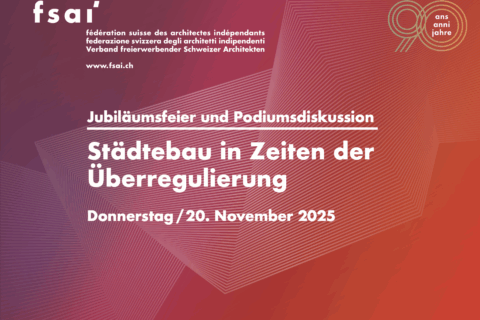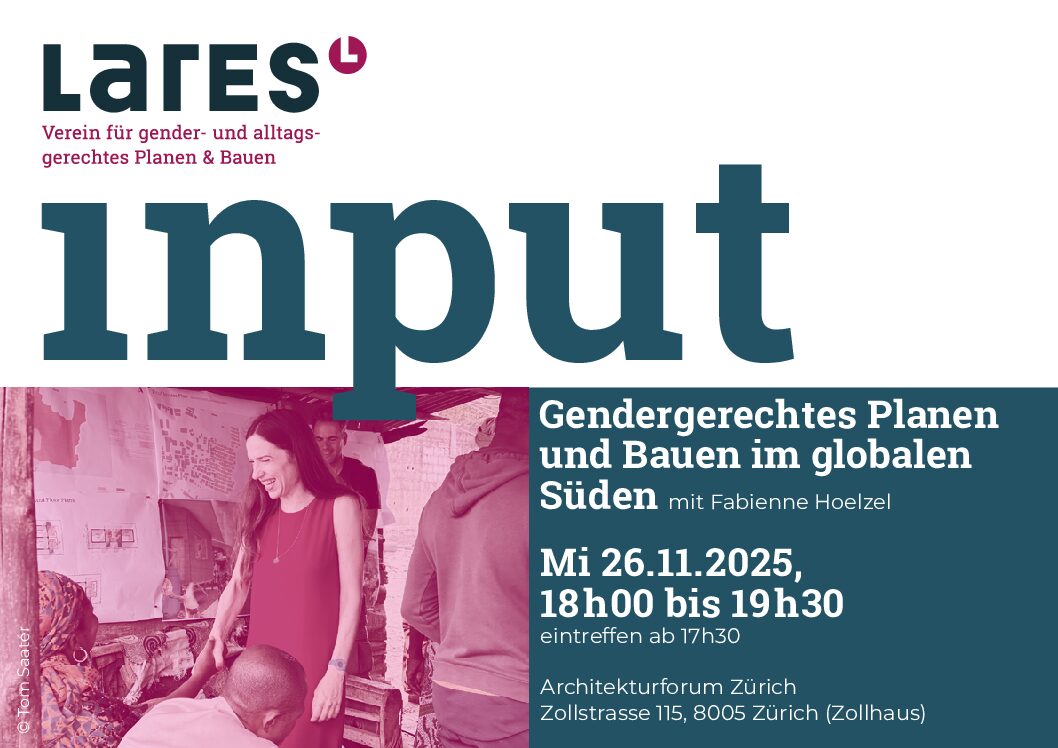Die Architektur der Sowjetunion der zwanziger Jahre zwischen 1920 – 1930 leistet einen fundamentalen Beitrag zur Entstehung der Moderne am Anfang des zwanzigsten Jahrhunderts, vergleichbar mit der brasilianischen Moderne nach dem zweiten Weltkrieg für die Architektur der 1960er Jahre. Eine wichtige Institution in der jungen Sowjetunion ist die Avantgarde Kunstwerkstatt Wchutemas, damals neu gegründet – auch das russische Bauhaus genannt. Auf der Suche einer Architektur, einer adäquaten Formensprache, welche die neue Gesellschaft nicht nur «unterbringt», sondern dessen Realität auch repräsentiert» (Hanna Ahrendt) vereinigt sie die wichtigsten Akteure der Bewegung. Diese pflegt enge Beziehungen zu Europa, so auch mit der Schweiz; beispielsweise das gemeinsame Projekt des Wolkenbügels von El Lissitzky zusammen mit Emil Roth und Mart Stam anlässlich des Kuraufenthaltes von El Lissitzky 1925.
Entstanden sind die Modelle von Studenten der AAM Mendrisio unter der Leitung von Pavel Kuznetsov, ausgeführt in den Mst. 1:50:/75:100;500. Sie sind prägnant und haben eine unmittelbare, faszinierende Ausstrahlung. Vorhandene Umzeichnungen ergänzen die Fotoseiten, kurze Legenden ordnen die Projekte ein.
Die Publikation im Lars Müller Verlag wirft einen neuen frischen Blick auf das künstlerische Schaffen in der damalige Sowjetunion, auf eine Epoche voller Hoffnung und Widersprüche. Konstantin Melnikov ist eine Schlüsselfigur dieser Bewegung. Viele seiner Projekte der zwanziger Jahre wurden realisiert und sind Ikonen der Moderne.
Unter Stalin wird die Bewegung und damit die Moderne abrupt abgebrochen. Am 1. all Union-Congress of Soviet Architects 1937, gerät Melnikov massiv unter Beschuss, (Karo Alaban). Melnikov soll offiziell dem «Formalismus», so wird allgemein die Moderne genannt, abschwören und sich dem sozialistischen Realismus unterordnen, was er nicht tut. Er geht in die innere Emigration.
Katalog zur Ausstellung im Architektur Forum Zürich Herbst 2025
Marianne Burkhalter Pavel Kuznetsov Christian Sumi (ed.)
Konstantin Melnikov (1890-1974). Ein Architekt der Avantgarde.
Modelle der Accademia di architettura Mendrisio. Lehrveranstaltungen Prof. Pavel Kuznetsov 2022-2024 AAM
The architecture of the Soviet Union in the 1920s and 1930s made a fundamental contribution to the emergence of modernism in the early twentieth century. An important institution in the young Soviet Union was the avant-garde school VKhUTEMAS, established in 1920. It played a role in modernizing the education of architects, designers and artists in Russia, similar to the role of the Bauhaus in Germany during the same period.
In the search for an architecture and a formal language that not only «accommodated» the new society but also represented its reality (after Hannah Arendt), VKhUTEMAS brought together the most important figures of the modernist movement. The movement maintained close relations with Europe, including Switzerland – see for example El Lissitzky’s Wolkenbügel project, which he developed together with Emil Roth and Mart Stam from 1924 to 1925 during his stay in Ticino for tuberculosis treatment.
Konstantin Melnikov is a key figure in this movement. Many of his projects from the 1920s were realized and became icons of modernism. After Stalin’s cultural turn in 1932, the avant-garde movement was abruptly interrupted. At the First All-Union Congress of Soviet Architects in 1937, Melnikov came under heavy criticism. He was expected to officially renounce “formalism” (as modernism was generally labeled) and conform to socialist realism, which he refused to do, instead withdrawing into inner emigration. After thirty years of being forgotten, he was rehabilitated and received public recognition just a few years before his death in 1974.
The exhibition and accompanying publication by Lars Müller Publishers offers a fresh perspective on artistic creation in the former Soviet Union during an era full of hope and responsibility. The models and re-drawings of Melnikov’s work displayed here were created by students at the Accademia di architettura di Mendrisio under the direction of Visiting Professor Pavel Kuznetsov in 2022-2024. They present an investigation and interpretation of available archival material. Executed in a wide range of scales from 1 : 1 to 1 : 25,000, they have an immediate, fascinating appearance. Photographs of the models are complemented by surviving sketches from the time, and each project is contextualized in a short text.
Pavel Kuznetsov, Marianne Burkhalter, Christian Sumi
Zurich, Kassel, June 2025
Catalog for the exhibition at the Architektur Forum Zürich Fall 2025
Marianne Burkhalter Pavel Kuznetsov Christian Sumi (ed.)
Konstantin Melnikov (1890-1974). An architect of the avant-garde.
Models of the Accademia di architettura Mendrisio. Courses by Prof. Pavel Kuznetsov 2022-2024 AAM








